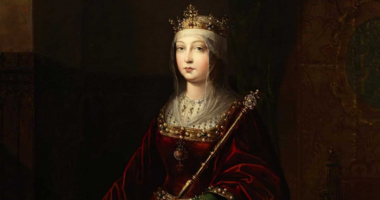Top 7 Interesting Facts about Albert Speer
Berthold Konrad Hermann Albert Speer (March 19, 1905 - September 1, 1981) was a German architect who served as Nazi Germany's Minister of Armaments and War ... read more...Production during the majority of World War II. He was a strong ally of Adolf Hitler and was convicted and sentenced to 20 years in jail at the Nuremberg trials. Here are the 7 interesting facts about Albert Speer.
-
One of the interesting facts about Albert Speer is that Speer applied for Nazi Party membership in 1931 and rose very quickly in the Nazi Party and government. Speer, a trained architect, joined the Nazi Party in 1931. His architectural abilities propelled him to the forefront of the Party, and he eventually became a member of Hitler's inner circle. Hitler tasked him with designing and building structures such as the Reich Chancellery and the Nazi party gathering grounds in Nuremberg.
Speer sought Nazi Party membership in January 1931, and on March 1, 1931, he became member number 474,481. The following year, with stipends dwindling due to the Depression, Speer resigned as Tessenow's assistant and relocated to Mannheim, trying to make a livelihood as an architect. After he failed to do so, his father hired him as a part-time property manager. The Speers came to Berlin in July 1932 to assist the Party ahead of the Reichstag elections. During their visit, his acquaintance, Nazi Party official Karl Hanke, recommended the young architect to Joseph Goebbels for assistance in renovating the Party's Berlin headquarters. Speer went to Mannheim when the inquiry was completed and remained there until Hitler gained government in January 1933.
Speer met Hitler for the first time when the organizers of the 1933 Nuremberg Rally invited him to submit drawings for the rally. Neither the organizers nor Rudolf Hess was willing to make a decision on whether to endorse the plans, so Hess dispatched Speer to Hitler's Munich apartment to seek his approval. Speer's first national position was as the Nazi Party's "Commissioner for the Artistic and Technical Presentation of Party Rallies and Demonstrations."
Hitler began making preparations to renovate the chancellery soon after assuming office. He hired Paul Troost to refurbish the entire structure by the end of 1933. Hitler appointed Speer, whose work for Goebbels had impressed him, to manage the building site for Troost. As Chancellor, Hitler lived in the building and came by every day to be briefed on the status of the repairs by Speer and the building superintendent. Hitler asked Speer to lunch after one of these briefings, much to the architect's delight. Speer rapidly became a member of Hitler's inner circle, expected to call on him in the morning for a stroll or a chat, to provide architectural advice, and to debate Hitler's ideas. He was invited to supper almost every day.
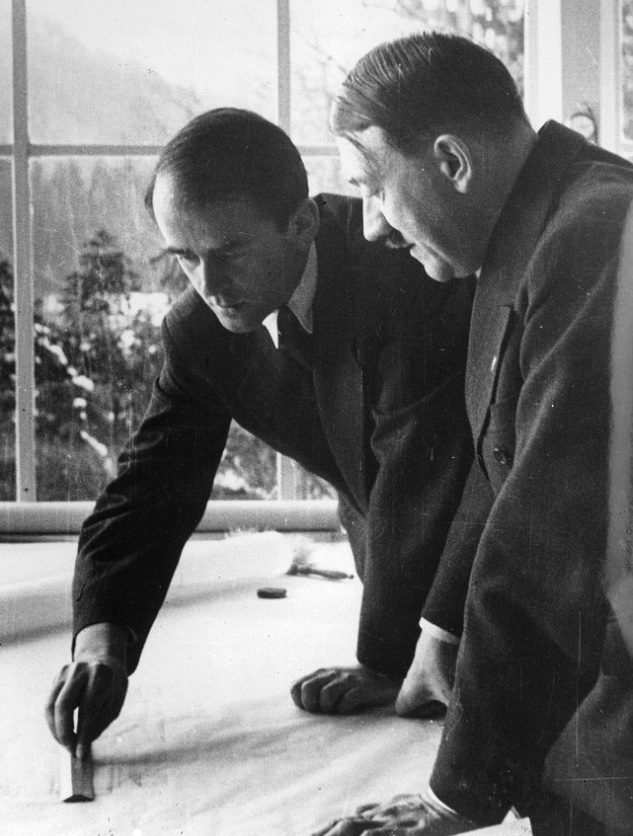
dailymail.co.uk 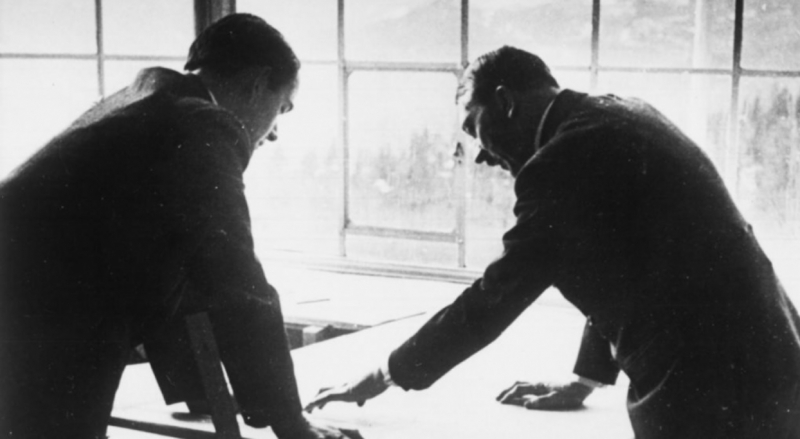
dw.com -
It is a fact that prior to WWII, Speer contributed to the Nazi concept of grandeur and superiority. When Troost died on January 21, 1934, Speer took over as the Party's chief architect. Speer was named head of the Chief Office for Construction by Hitler, putting him officially on Hess's staff. The Nuremberg Zeppelinfeld stadium was one of Speer's first commissions after Troost's death. It was used for Nazi propaganda rallies and can be seen in the propaganda film Triumph of the Will by Leni Riefenstahl. The structure could hold 340,000 people. Speer insisted on holding as many events as possible at night, both to highlight his lighting effects and to conceal the overweight Nazis. Many official Nazi structures were built in Nuremberg. Many more structures were proposed. The German Stadium could have held 400,000 people if it had been built. Speer updated Werner March's Olympic Stadium design for the 1936 Summer Olympics. He enhanced the outside with stone, which pleased Hitler.
From 1934 to 1938, the Cathedral of Light, or Lichtdom, was a major artistic component of Nazi Party rallies at Nuremberg. It was designed by architect Albert Speer and consisted of 152 anti-aircraft searchlights directed skyward at 12-meter intervals to create a series of vertical bars around the audience. The Cathedral of Light was featured in the 1937 Nazi propaganda film Festliches Nürnberg. Though they were intended to be a temporary measure until the stadium was constructed, they were later utilized for party rallies. Eberhard von der Trappen collaborated with Speer to achieve a similar effect for the closing ceremony of the 1936 Olympic Games in Berlin. The searchlights converged to a point above the audience in certain variations of the effect.
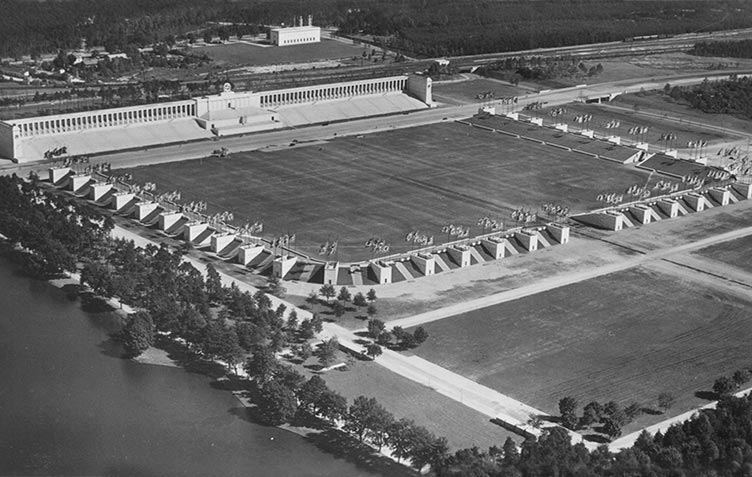
The Zeppelinfeld stadium in Nuremberg -museums.nuernberg.de 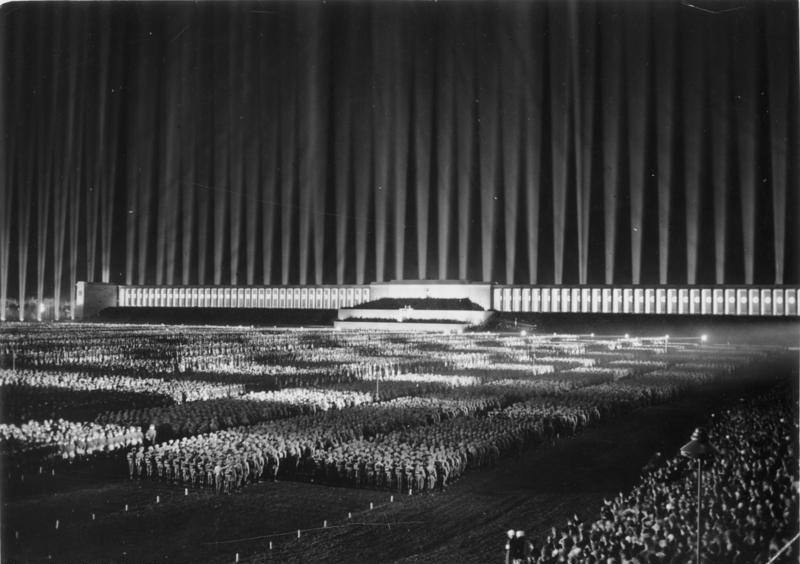
The Cathedral of Light -en.wikipedia.org -
One of the interesting facts about Albert Speer is that Speer received plenipotentiary powers from Hitler to finish the new Reich Chancellery. Since 1934, plans for a new Reich Chancellery had been in the works. By the end of 1934, the land had been purchased, and beginning in March 1936, the first buildings were demolished to make way for Voßstraße. Speer was involved almost from the start. Following the Night of the Long Knives, he was commissioned to restore the Borsig Palace on the corner of Voßstraße and Wilhelmstraße as the Sturmabteilung's headquarters (SA). By May 1936, he had completed the preliminary work for the new chancellery. In June 1936, he charged a personal honorarium of 30,000 Reichsmarks and predicted that the chancellery would be finished in three to four years. The detailed drawings were finished in July 1937, and the first shell of the new chancellery was finished on January 1, 1938.
Speer got plenipotentiary powers from Hitler on January 27, 1938, with the goal of completing the new chancellery by January 1, 1939. Hitler stated during the topping-out ceremony on August 2, 1938, for propaganda purposes, that he had ordered Speer to construct the new chancellery that year. Due to manpower shortages, construction workers had to work in ten to twelve-hour shifts. In 1938, the Schutzstaffel (SS) erected two concentration camps and exploited convicts to quarry stone for their development. At Speer's request, a brick factory was erected in the Oranienburg concentration camp; when someone objected to the horrible conditions there, Speer responded, "The Yids grew used to making bricks while in Egyptian captivity." In early January 1939, the chancellery was completed. Hitler referred to the structure as the "crowning glory of the greater German political empire".
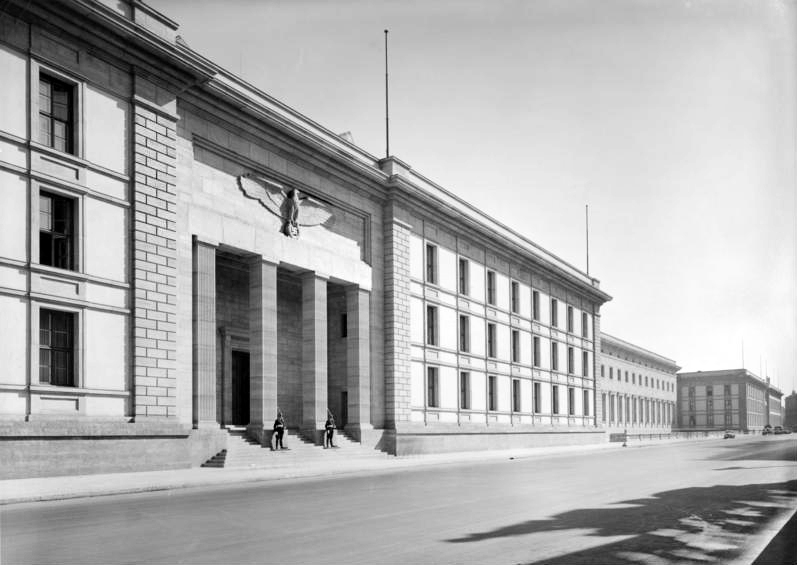
liberationroute.com 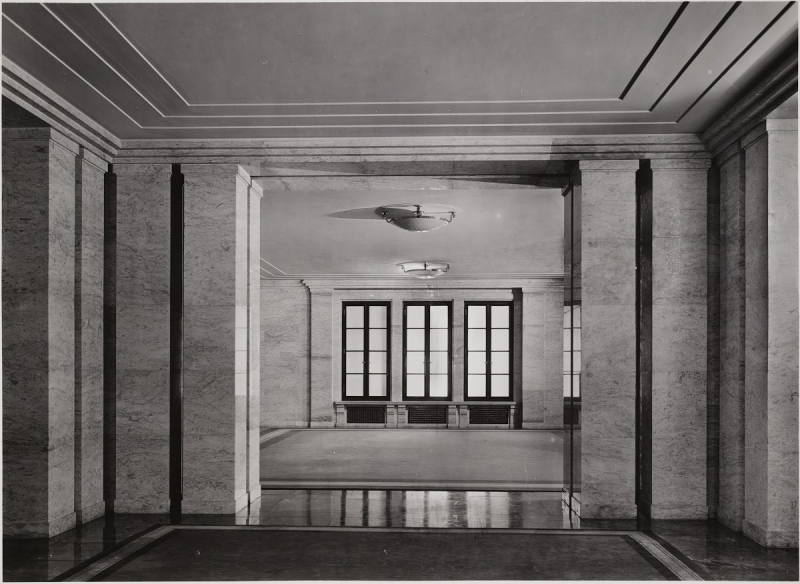
artsandculture.google.com -
Another interesting fact about Albert Speer is that Speer and Hitler envisioned transforming Berlin into Welthauptstadt Germania. Hitler appointed Speer as General Building Inspector for the Reich Capital on January 30, 1937. This brought him the status of State Secretary in the Reich administration, as well as exceptional powers over the Berlin municipal government. He was to report to Hitler directly and be independent of both the mayor and the Gauleiter of Berlin. Hitler directed Speer to create blueprints for rebuilding Berlin. Germania was Adolf Hitler's vision for Nazi Germany's future after the expected triumph in World War II. It was a planned renewal of the German capital Berlin during the Nazi period. It intended to serve as the capital of his envisioned "Greater Germanic Reich." In his function as project overseer, Albert Speer created many of the blueprints for the reconstructed city, only a tiny percentage of which was implemented between the years 1938 and 1943 when work took place.
Some of the projects were realized, such as the construction of a large East-West city axis, which involved widening Charlottenburger Chaussee (now Straße des 17. Juni) and relocating the Berlin Victory Column to the center, far away from the Reichstag, where it had previously stood. Others, however, such as the construction of the Grosse Halle (Great Hall), had to be put on hold due to the outbreak of the war. However, many of the historic structures in several of the proposed construction areas were razed before the war, and the plans were subsequently abandoned due to defeat.
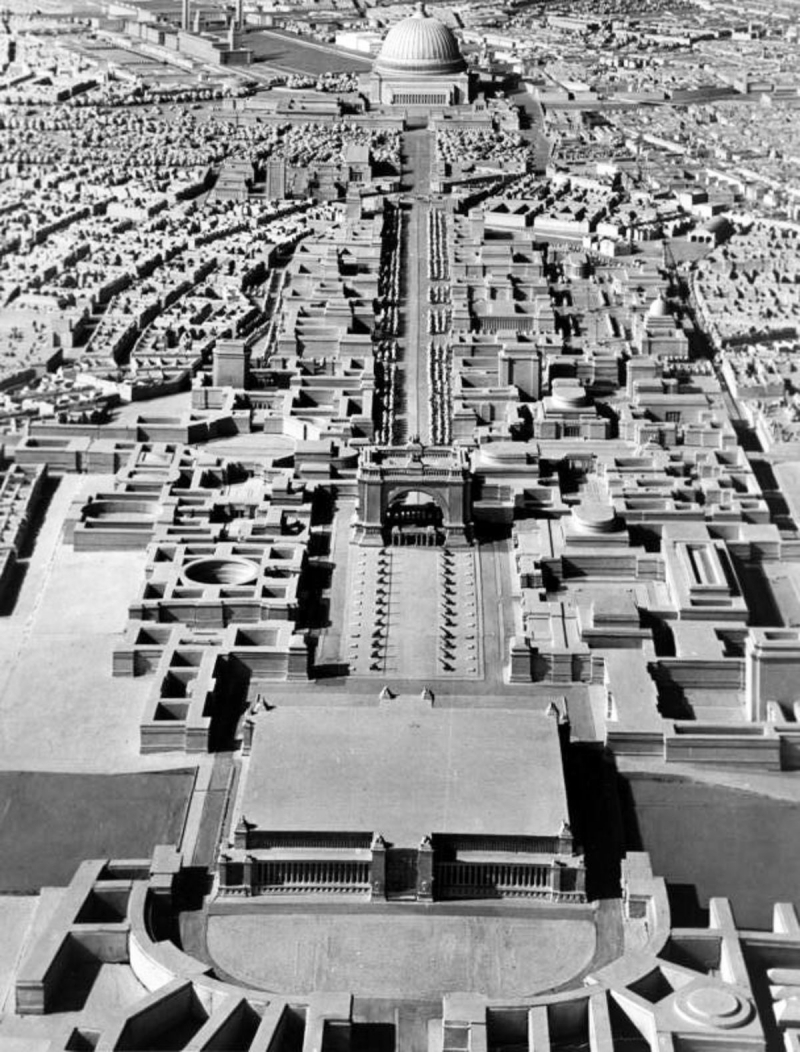
bloomberg.com 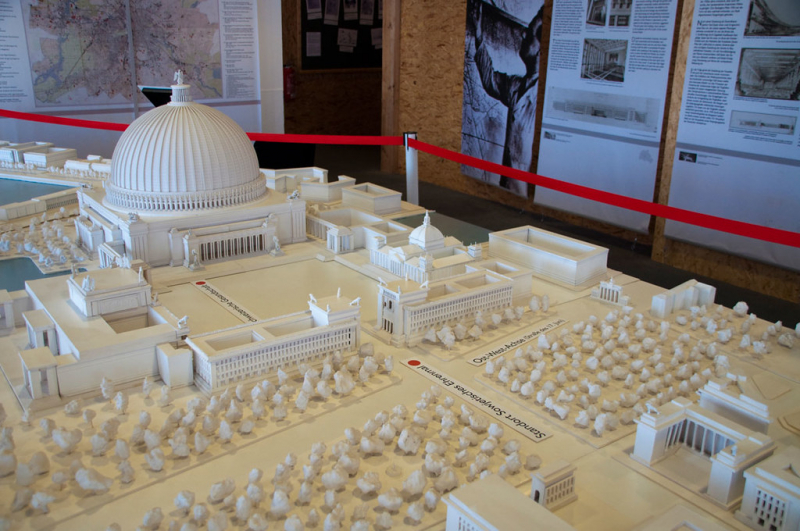
flickr.com -
One of the interesting facts about Albert Speer is that Speer was appointed as Reich Minister of Armaments and War Production in February 1942. Speer was elected to the Reichstag from electoral constituency 2 in 1941 (Berlin-West). Fritz Todt, Reich Minister of Armaments and Munitions, died in a plane crash on February 8, 1942, shortly after taking off from Hitler's eastern headquarters in Rastenburg. Speer had arrived the night before and had accepted Todt's offer to fly with him to Berlin. Speer canceled the flight many hours before takeoff because he had been up late the night before in a meeting with Hitler. Hitler replaced Todt with Speer. According to Martin Kitchen, a British historian, the choice was not surprising. Speer was a Hitler supporter, and his experience building prisoner of war camps and other military structures prepared him for the task. Speer took over not just as Reich Minister, but also as Inspector General of German Roadways, Inspector General of Water and Energy, and Head of the Nazi Party's Office of Technology. At the same time, Hitler nominated Speer to lead the Organisation Todt, a vast government-controlled construction firm.
Speer was in charge of supplying weapons to the army as Minister of Armaments. He decided to prioritize tank production with Hitler's full support, and he was granted unmatched power to achieve success. Hitler was heavily involved in the tank design, but he continually changed his mind about the specs. This caused the program to be delayed, and Speer was unable to correct the situation. As a result, despite tank construction being the highest priority, it received just a small portion of the armaments budget. As a result, the German Army suffered a devastating defeat at the Battle of Prokhorovka, a critical turning point on the Eastern Front against the Soviet Red Army.
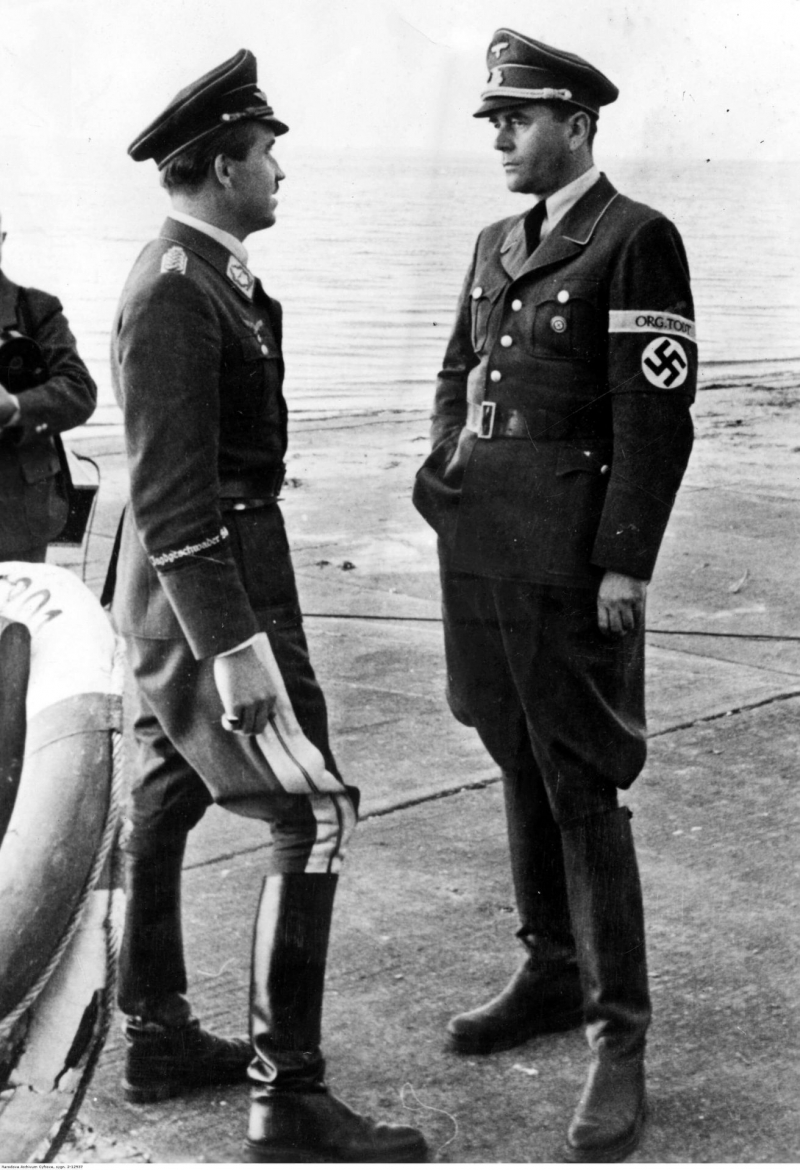
wolfsschanze.pl 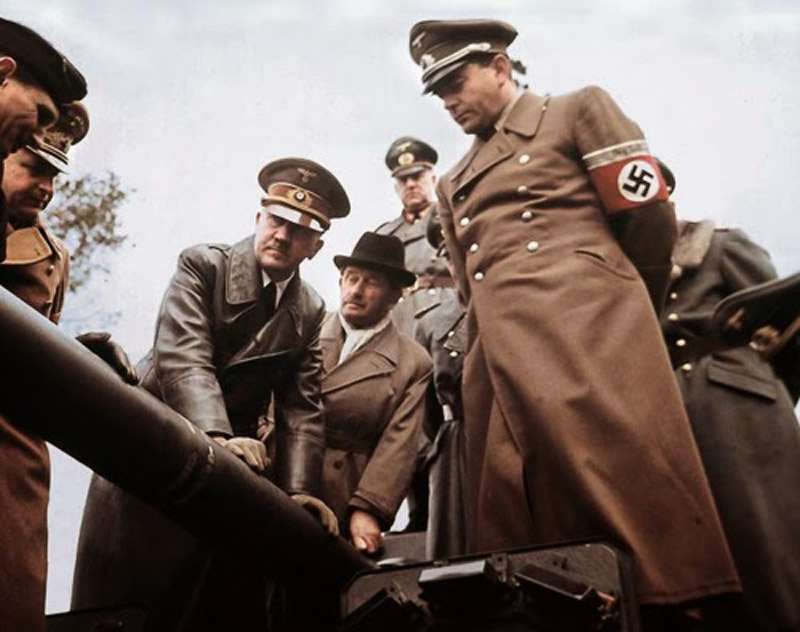
worldwartwo.filminspector.com -
It is a fact that Speer was among the 24 "major war criminals" arrested and sentenced to 20 years' imprisonment. Following the war, Speer was one of the 24 "major war criminals" captured and accused of Nazi regime crimes at the Nuremberg tribunals. Speer was interrogated at multiple internment camps for Nazi officers. In September 1945, he was informed that he would be tried for war crimes, and he was transferred to Nuremberg and imprisoned there a few days later. Speer was charged on all four charges, including engaging in a common plan or conspiracy to commit a crime against peace, planning, initiating, and conducting wars of aggression and other crimes against peace, war crimes, and crimes against humanity.
According to the United States Supreme Court's top prosecutor, Robert H. Jackson, "Speer joined in planning and executing the program to dragoon prisoners of war and foreign workers into German war industries, which waxed in output while the workers waned in starvation." Hans Flächsner, Speer's attorney, skillfully contrasted Speer with other defendants, portraying him as an artist thrown into political life who had always maintained his non-ideologue status.
Speer was convicted of war crimes and crimes against humanity, primarily for using slave and forced labor. On the remaining two counts, he was acquitted. He claimed he was oblivious of Nazi extermination intentions, and the Allies had no evidence that he was. His assertion was exposed as incorrect in a private conversation sent in 1971 and made public in 2007. He was sentenced to 20 years in jail on October 1, 1946. While three of the eight judges (two Soviet and one American, Francis Biddle) supported the death penalty for Speer, the other judges did not, and after two days of deliberation, a compromise verdict was agreed.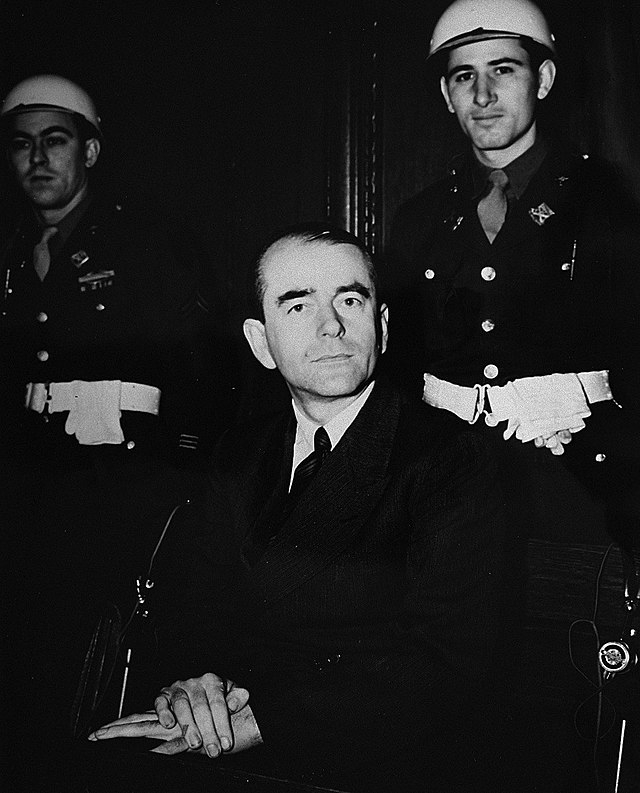
commons.wikimedia.org 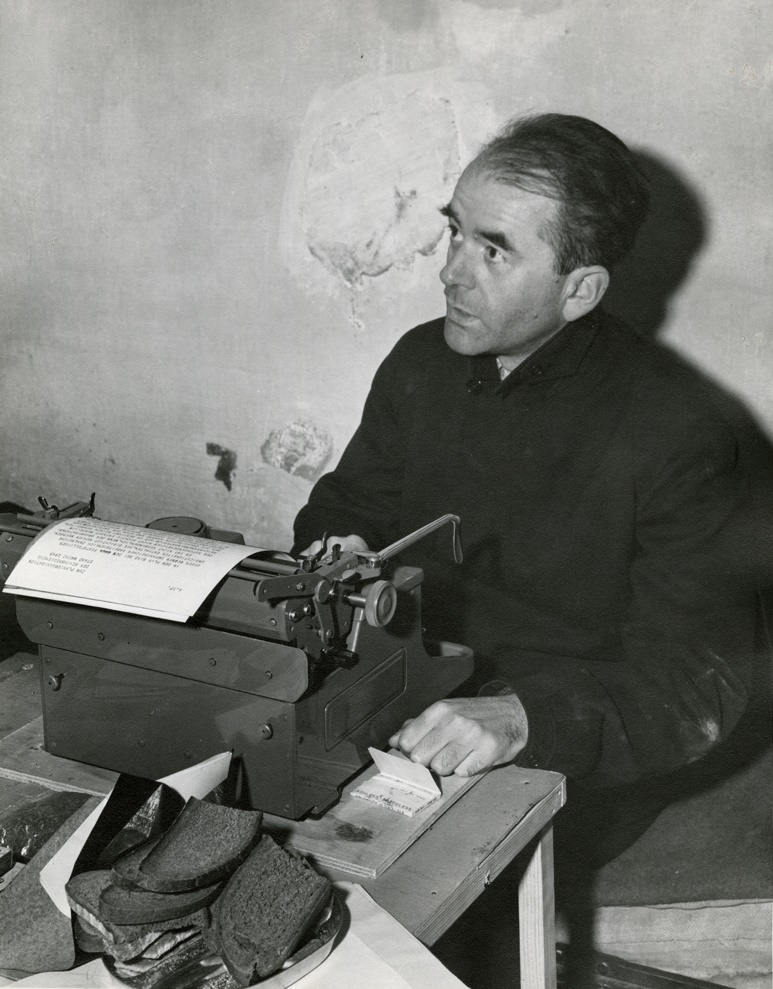
commons.wikimedia.org -
Another interesting fact about Albert Speer is that Inside the Third Reich and Spandau: The Secret Diaries were both autobiographical works based on his writings while imprisoned. It was banned for the convicts to write memoirs. Speer, on the other hand, was able to have his works sent to Wolters, and they finally totaled 20,000 pages. By November 1953, he had finished his memoirs, which constituted the basis for Inside the Third Reich. Speer's goal in Spandau Diaries was to portray himself as a tragic hero who had made a Faustian bargain in exchange for a heavy prison sentence.
Although he indicated that he planned to return to architecture, his lone project, brewery cooperation, was a failure. Instead, he rewrote his Spandau writings and turned them into two autobiographical novels, Inside the Third Reich (in German, Erinnerungen or Reminiscences) and Spandau: The Secret Diaries. He then wrote a book about Himmler and the SS called The Slave State: Heinrich Himmler's Masterplan for SS Supremacy or Infiltration: How Heinrich Himmler Schemed to Build an SS Industrial Empire (in German, Der Sklavenstaat - Meine Auseinandersetzung mit der SS). Joachim Fest and Wolf Jobst Siedler of the publishing house Ullstein assisted Speer in shaping the works.

Inside the Third Reich by Albert Speer -goodreads.com 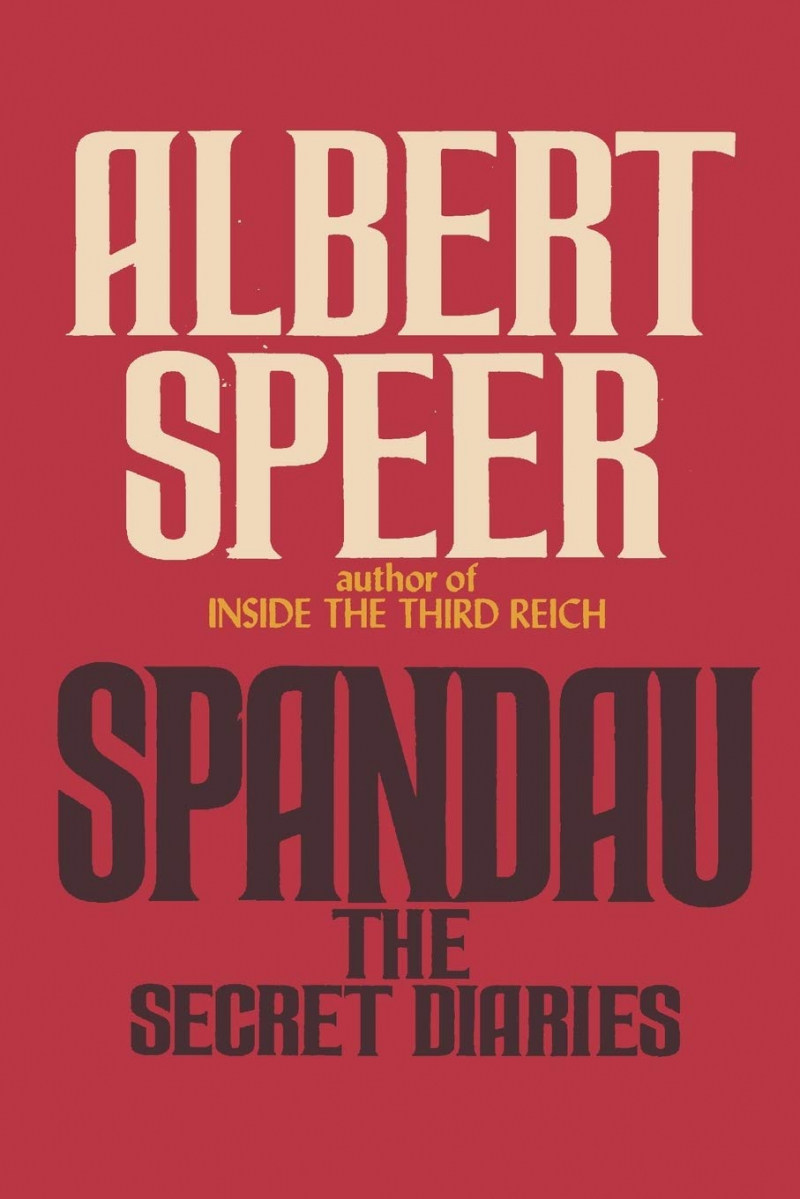
Spandau: The Secret Diaries -amazon.in



























